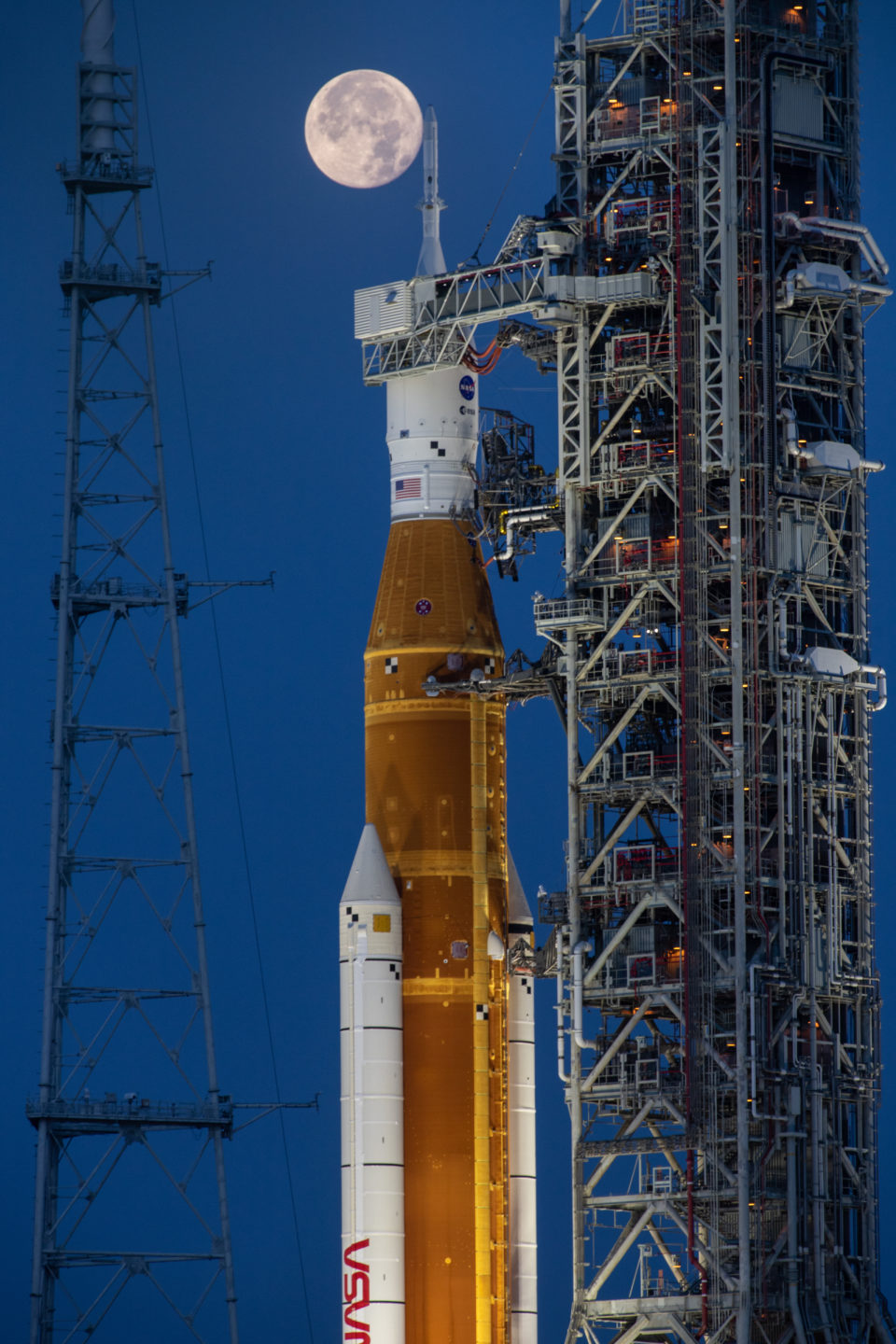Axient Corporate Overview
Discover our breakthrough solutions for mission success.
Learn More

Today, NASA and its Space Launch System (SLS) contractors launched Artemis I. This Artemis I mission is the inaugural voyage for the United States’ SLS, the world’s largest rocket. Described as the first step in the next era of human exploration, Artemis, an uncrewed flight test, will launch SLS and send Orion around the Moon and back to Earth. This will occur before any manned flights and will signal NASA’s intent to establish a sustainable presence on the Moon and serve as a gateway for future missions to Mars. Axient stands proud with NASA and our fellow commercial and international partners in what was a joint effort and historic moment for the United States and the world.
The first launch window opened in late August and extended into the first week of September. Due to a hydrogen leak, the first launch attempt was scrubbed, but teams were able to troubleshoot issues and make necessary repairs. Additional delays occurred due to Hurricane Ian, and most recently Hurricane Nicole pushed the launch from November 14 to today, November 16.
Axient is proud to be a part of the SLS Artemis I team at the propulsion systems certification center at Marshall Space Flight Center (MSFC) and at the launch site at Kennedy Space Center (KSC). Recently, Axient subject matter experts (SMEs) at KSC completed the test and checkout operations of the vehicle and ground systems, facilitated the flight readiness review process and Certification of Flight Readiness (CoFR) process, and resolved nominally expected repairs in preparation for the launch. Our teams at Ames Research Center (ARC) made final preparations for their co-manifested payload on Artemis I – BioSentinel, and our SMAEC team at Johnson Space Center (JSC) are on standby for mission support.
Axient provides over 70 Subject Matter Experts (SMEs) to the SLS Program, with nationally and internationally recognized expertise and experience rooted in the Gemini, Apollo, and Space Shuttle Programs, across many different discipline areas. A few examples include pyrotechnic stage separation; solid rocket booster technologies; large scale cryogenic propulsion systems; cryogenic propulsion systems manufacturing; advanced materials and processes technologies; in-space manufacturing technologies; human rated flight certification; and SLS launch vehicle systems integration.
Axient is also the SLS primary structural loads contractor, providing the following:
Axient is the SLS primary developer of the SLS Avionics System Integration Lab (SIL) and the Avionics Real-Time Environment for Modeling, Integration and Simulation (ARTEMIS) tools for NASA’s Marshall Space Flight Center. Models and tools include:
Today, Axient employees conducted Artemis I Day of Launch I-Load Update (DOLILU) operations on console at MSFC’s Huntsville Operations Support Center (HOSC). The HOSC is a facility designed to receive real-time data from the vehicle. On the day of launch, winds are measured shortly before flight and processed through software tools to verify that the vehicle guidance commands yielded acceptable trajectory parameters and vehicle structural loading. Axient served a critical role in both developing and executing these software tools, as well as providing on-console subject matter expertise.
Axient is very proud to be a significant contributor to the US civil space SLS program, to be a part of the rejuvenation of domestic capabilities to return to the Moon and beyond, and to re-establish US preeminence in human space exploration. To read more about our SLS experience and capabilities, click here.